This past summer, the planet briefly reached a warming at least 1.5°C (2.7°F) above preindustrial levels bolstered by human-caused climate change and an El Nino event. Most observers did not expect these extreme weather events, all happening at the same time. Now, we have the Polar Express, with extreme cold and winter weather prevailing throughout much of the United States.
This extreme winter weather puts extra stress on structures by putting abnormal weight on the roofs reducing protection to material and occupants and leaving them with inadequate thermal and convective energy insulation to maintain effective interior comfort. If snow remains on your roof, it is an excellent indication that conditioned air from the interior of the structure is not leaking or escaping through the roof and the resulting energy efficiency of the building is high. A lack of snow on your roof or portions thereof and snow on nearby structures is a sure sign of poor energy efficiency. See below for visual and graphical display of snow melting and water not properly draining.
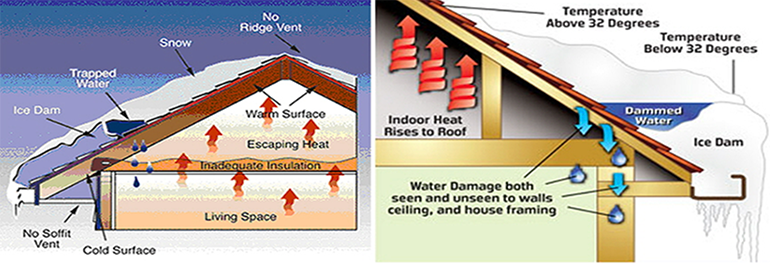
While snow on the roof is an indicator of good thermal efficiency, it can also be a hazard to the structural stability of a structure. In areas subject to wintery conditions, the freeze thaw cycle is a significant detriment to building efficiency and stability. The constant water intrusion and subsequent expansion and water accumulation will damage even concrete structures. Loss of thermal efficiency and collapsed roofs are a by-product of weak systems.
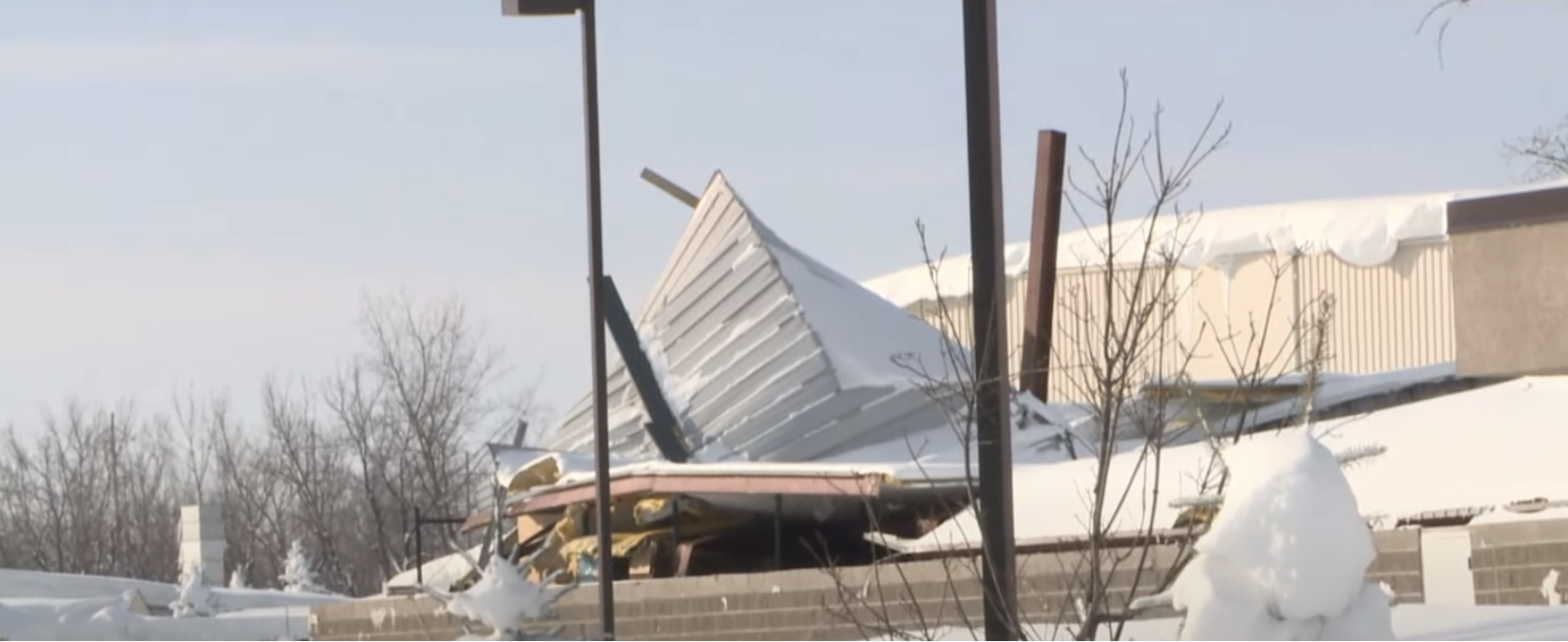
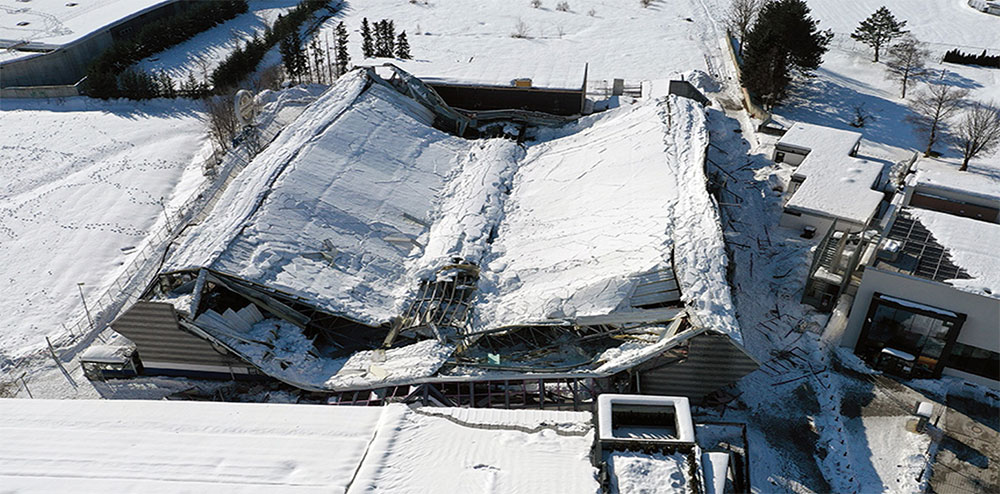
Roofs collapse under the weight of snow in winter 2024
How much does snow weigh? Answer – it depends on the type of snow, with fresh snow being the lightest; 4 lbs/ft3 to wet snow and ice, 60 lbs/ft3.
What is the significance of this weight on a roof? Answer – It depends on the overall weight of the roof being transmitted to the load bearing points. Most roofs can support a single person walking on a roof or even a crew working on different areas of a roof. However, the dynamic changes when you add weight to the whole roof. A roof of 2000 ft2 could accommodate 800 people or 1 person for every 2.5 ft2 and the resulting total weight would be 800 x the average weight of each person; i.e., 150*800 or 120,000 lbs.
By comparison, the overall weight on a roof per ft2 of snow would be 8,000 to 120,000 lbs. depending on the type of snow. Not many roofs could sustain the weights associated with heavy snow, or the equivalent of 800 people standing on it, without experiencing failure in one or more load bearing points.
In order to prevent such collapses and provide the necessary energy efficiency for your residence or other buildings, the roof and associated exterior walls need to be reinforced and properly insulated. An excellent material to support both of those contingencies is closed cell spray polyurethane foam (SPF). When applied in walls, ceilings, floors and on the roof, ranging in densities from 2.0 to 3.5 pounds ft3, it protects the structure from serious and costly damage. It can alleviate concerns of home owners, builders, contractors and facility owners due to the increasing number and intensity of severe storms in the United States and the resulting damage that may be incurred to structures.
Structural Strength and Damage Resistance – The application of closed cell SPF in above grade walls and roofs increases the structural strength of buildings, assists with wind resistance and supports water proofing a building. When installed, closed cell SPF provides a monolithic structure essentially gluing the assembly together which reduces the potential for movement and adds a compressive and tensile strength ranging from 40 to 80 PSI (5,760 – 11,520 ft2). This strength is additive over the entire exterior surface of the structure with the capacity to withstand cat 5 hurricanes, flooding, flying debris and extremely heavy snow accumulations. Please note the chart below for wind pressure rating in lbs per ft2 vs wind speed.
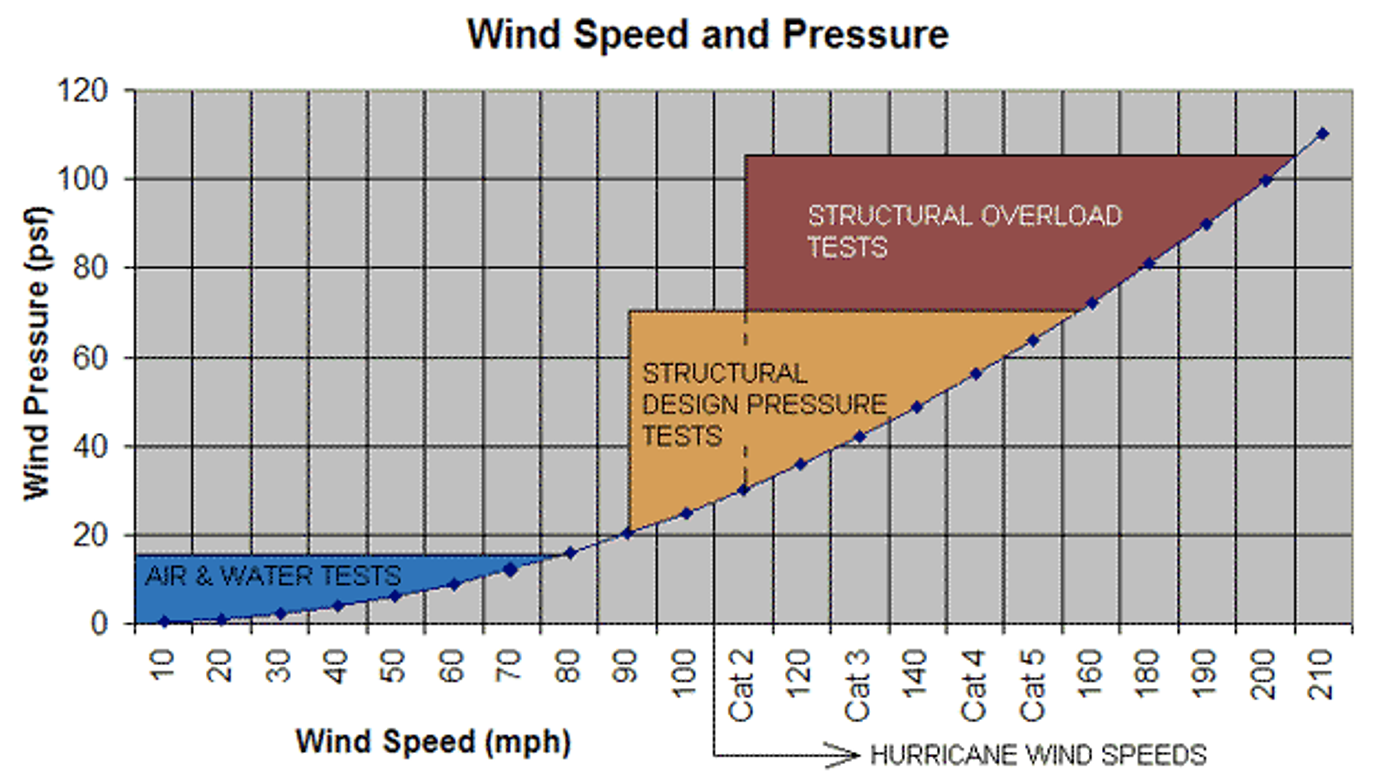
Note: the very light weight (PCF) of the foam coupled with the monolithic properties and the strong adhesive nature of the foam provide extremely high strength factors relative to the forces associated with wind speed. The wind pressure ratings of closed-cell foam (5,760-11,520 ft2) for every inch of foam are well above snow fall accumulation weights and extreme weather wind events on a SPF Roof and Wall System.
In addition, the interior of the structure becomes conditioned space which is separated from the outside elements and has a strong tendency to maintain that condition with little energy expenditure. The quality of insulating materials to prevent heat transfer is primarily determined by its R-value (resistance to heat or thermal energy transfer) and energy efficiency (ratio of retainage of conditioned air within a confined area; air seal or prevention of convective energy transfer). The required R-value insulation for various areas in structures and geographical areas is shown in the following graphic:
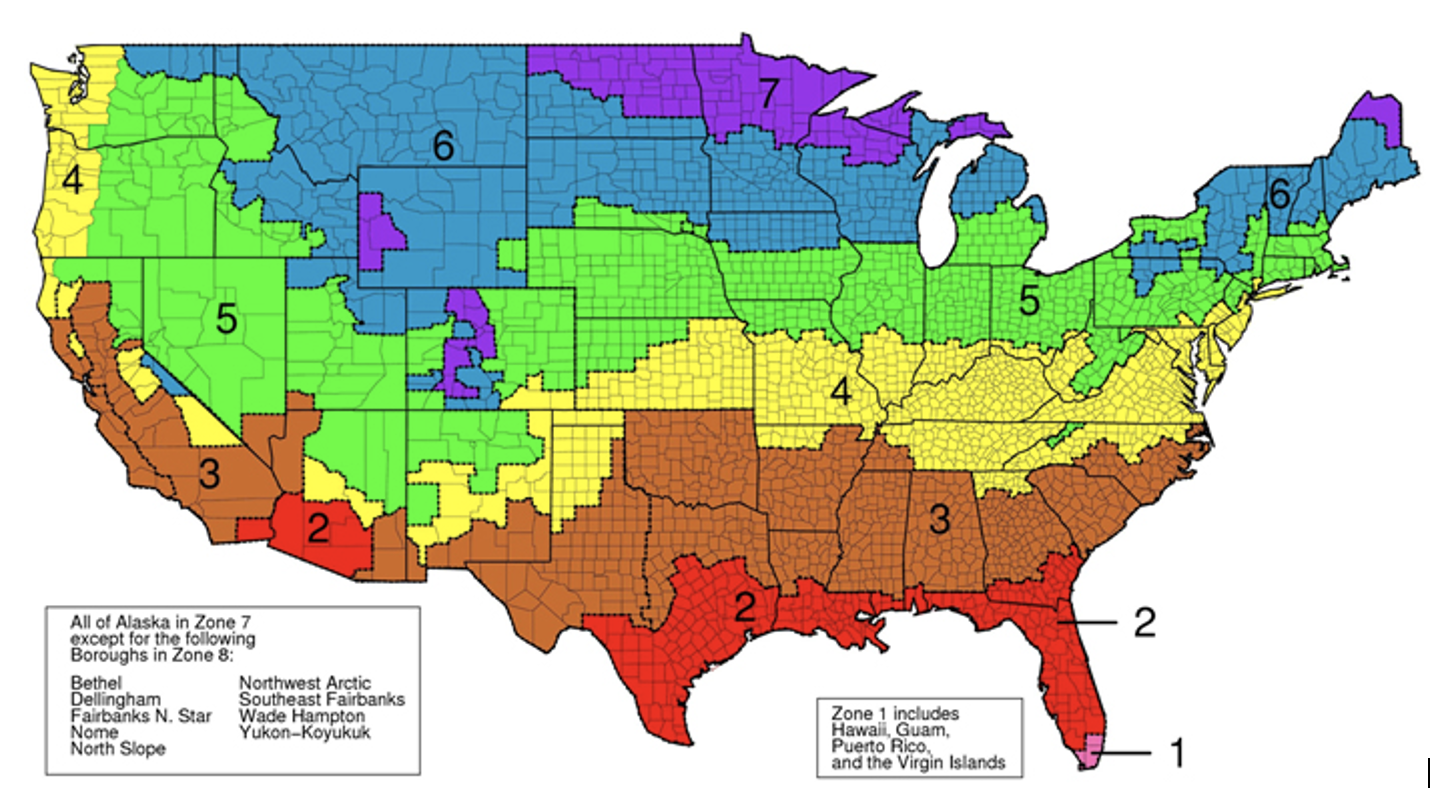
A depiction of insulating material R-values and the potential loss of energy efficiency due to air leakage follows:
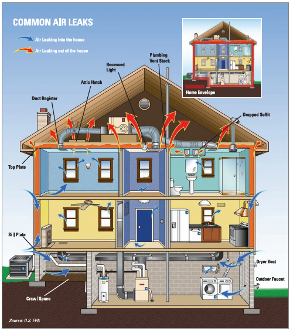
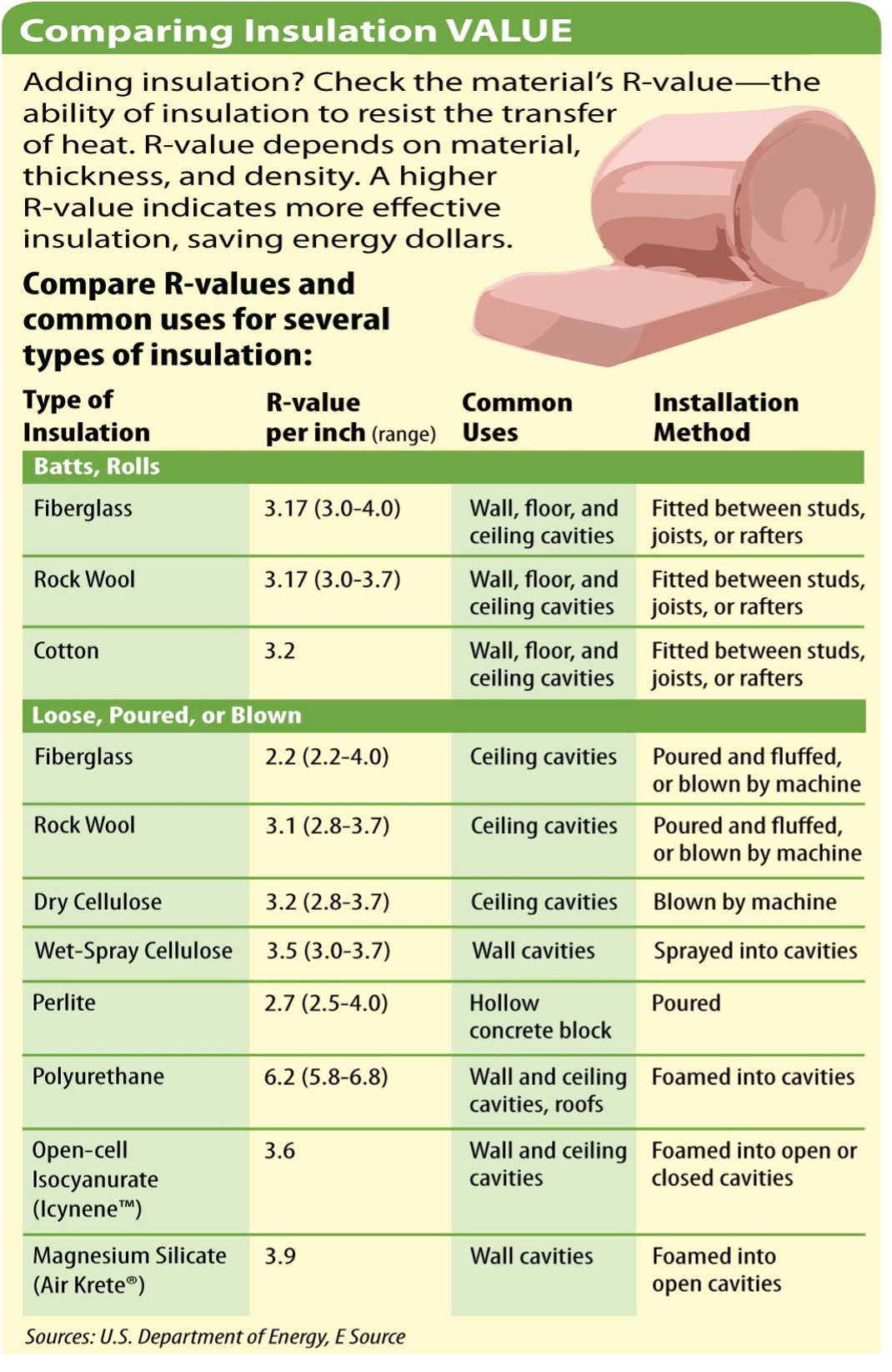
Closed-cell Spray Polyurethane Foam (SPF) has the highest R-values and associated energy efficiency of currently available materials. The following is a graphic of the thermal efficiency of closed SPF per inch of coverage. The measure of thermal efficiency is an indicator of the capacity of the insulating material to maintain the desired interior temperatures with minimal energy expenditures. In addition, closed-cell foam is highly water and flood resistant protecting against winter freeze-thaw cycles.
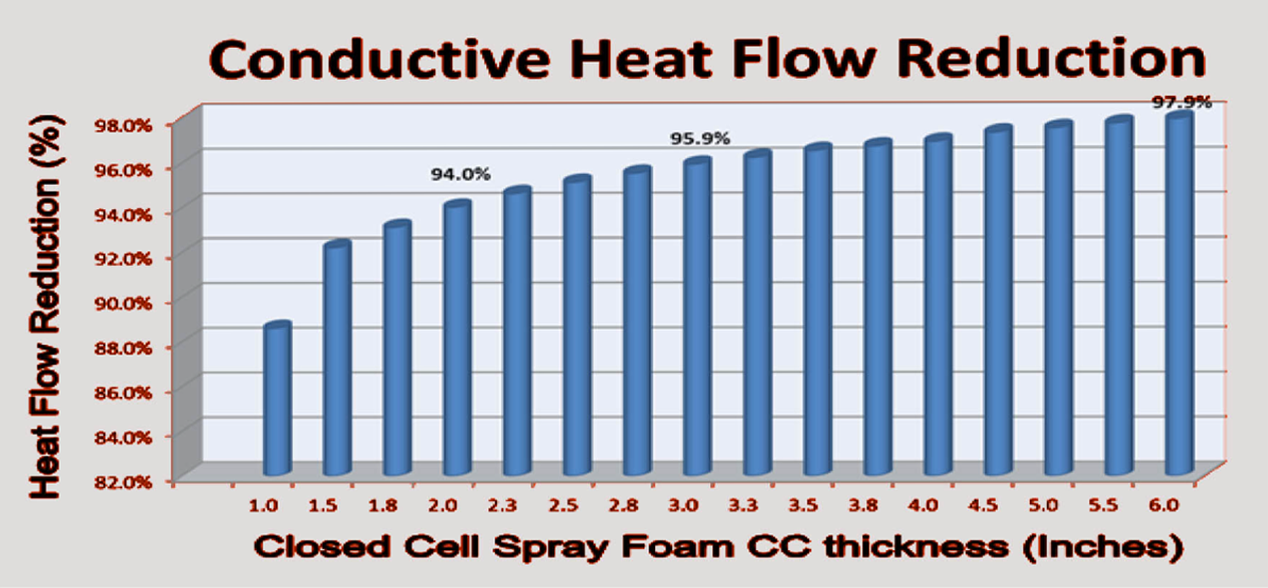
Closed-cell foams also provide greatly enhanced structural stability to the building allowing it to withstand high winds and intense storms, in hot or cold environments and increased weight loads of snow and ice in cold climates.
Closed-cell foams require specialized equipment and professional installation for proper energy efficient and structural stability performance. It is definitely not a D.I.Y. job.
However, several studies done at Texas A&M University and a school district in Southern Texas indicate that the energy savings alone paid for the roofing system and all the other benefits such as the following were essentially included:
- Storm damage resistant.
- Environmentally sustainable – Low GWP (1.0) of new HFO spray foams.
- Minimal maintenance.
- Easy repair since damage, if any is localized.
- Stronger more sustainable buildings. Especially important in areas of extreme weather
- Year round comfort of interior.
- Roof contouring to eliminate drainage issues and water ponding.
- Easily renewed with cleaning and additional coatings to overcome weathering damage to roof.
- 5-20 year renewable warranties available.
Our GreenSeal 2.8 to 3.5 products are the best solution to provide your roof and walls the underlying protection needed from severe cold and snow accumulation and other types of severe weather.

